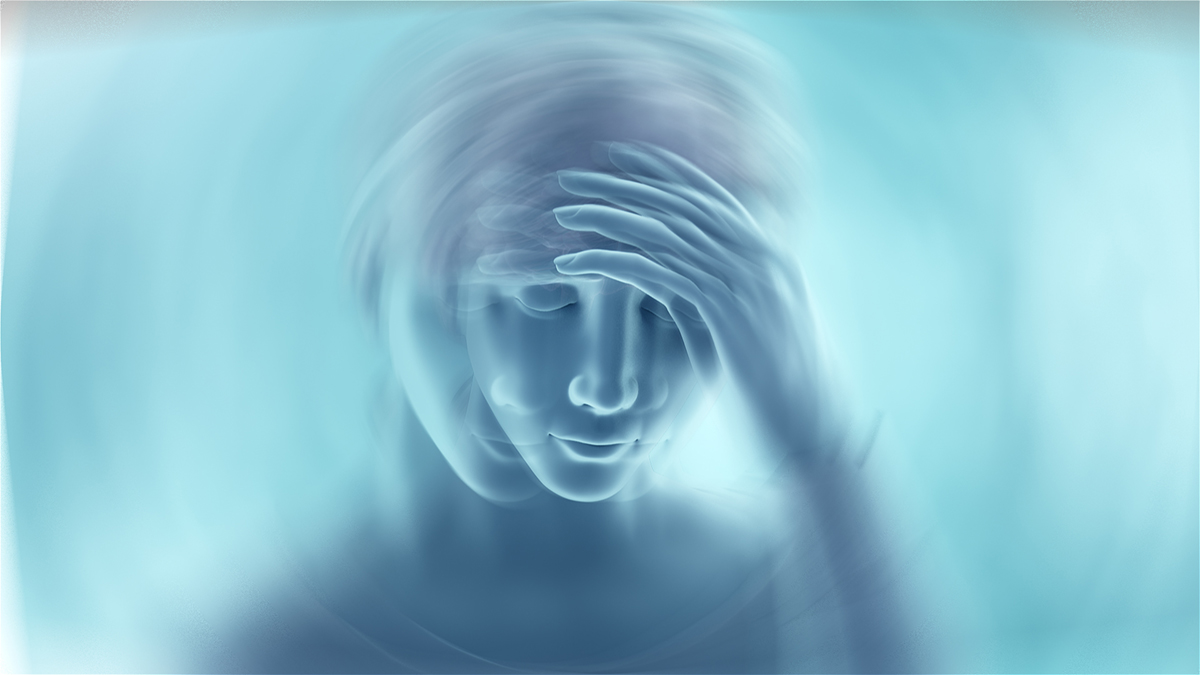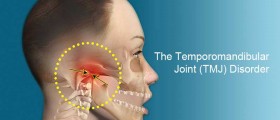
Benign paroxysmal positional vertigo is a disorder associated with problems with the inner ear. The condition features with repeated episodes of positional vertigo, a spinning sensation induced by changes in the position of the head.
Clinical Characteristics of Benign Paroxysmal Positional Vertigo
As the very name suggests a patient typically complains about vertigo, spinning dizziness. The problem must have a rotational component to be classified as positional vertigo. The term paroxysmal refers to short duration of symptoms. The spinning sensation lasts form seconds to minutes. Vertigo is in this case induced only by a change in position. Vomiting is not so common although it may occur. Apart from spinning sensation a person additionally complains about nausea, may develop pre-syncope or an actual syncope. Rotatory or torsional nistagmus is a typical sign of the condition. It lasts from 30 seconds to a minute. There are no additional symptoms and signs and in case they occur a doctor must take into consideration some more serious medical conditions such as posterior circulation stroke.
What Causes Benign Paroxysmal Positional Vertigo?
Within the labyrinth of the inner ear there are collections of calcium crystals called otoconia. In people suffering from benign paroxysmal positional vertigo these crystals are dislodged and migrate into one of the semicircular canals. In majority of cases the posterior semicircular canal is affected. In the circumstance when the head is still the fragment sits at the bottom of the posterior canal. However, when the head changes its position the fragment gets carried along with the flow of fluid. This particular fragment brushes along the delicate hairs that line the semicircular canal and this sends plenty of messages down the vestibular nerve. The extra messages interfere in normal messages sent from the other healthy ear. So the brain simply gets confused and reacts in a form of vertigo.
It has not been fully understood why otoconia form or drop off from the inside lining of the labyrinth.
In many cases benign paroxysmal positional vertigo affects people older than the age of 40 so one explanation would be that it is age related. This is the most common cause of vertigo in older people. In younger patients the condition may occur due to some injury to the ear or develop as a consequence of inner ear infection. Sometimes the underlying cause cannot be identified. The condition predominantly affects men.
Treatment for Benign Paroxysmal Positional Vertigo
There are two treatments for benign paroxysmal positional vertigo. They are the canalith repositioning procedure (Epley maneuver) and the Liberatory (Semont maneuver). The first one employs gravity to move the calcium build-up responsible for the condition. Patients can be taught how to perform this maneuver at home. The second one, Semont maneuver, allows patients to achieve canalith repositioning themselves.
Medications prescribed to people suffering from benign paroxysmal positional vertigo are not so commonly used. Still, they include anti-histamine drugs as well as anti-cholinergic class of medications. These drugs may reduce the intensity of symptoms but they actually do not cure the condition. And finally, surgery for benign paroxysmal positional vertigo is kept as the last resort for severe and persistent cases.









Your thoughts on this
Loading...